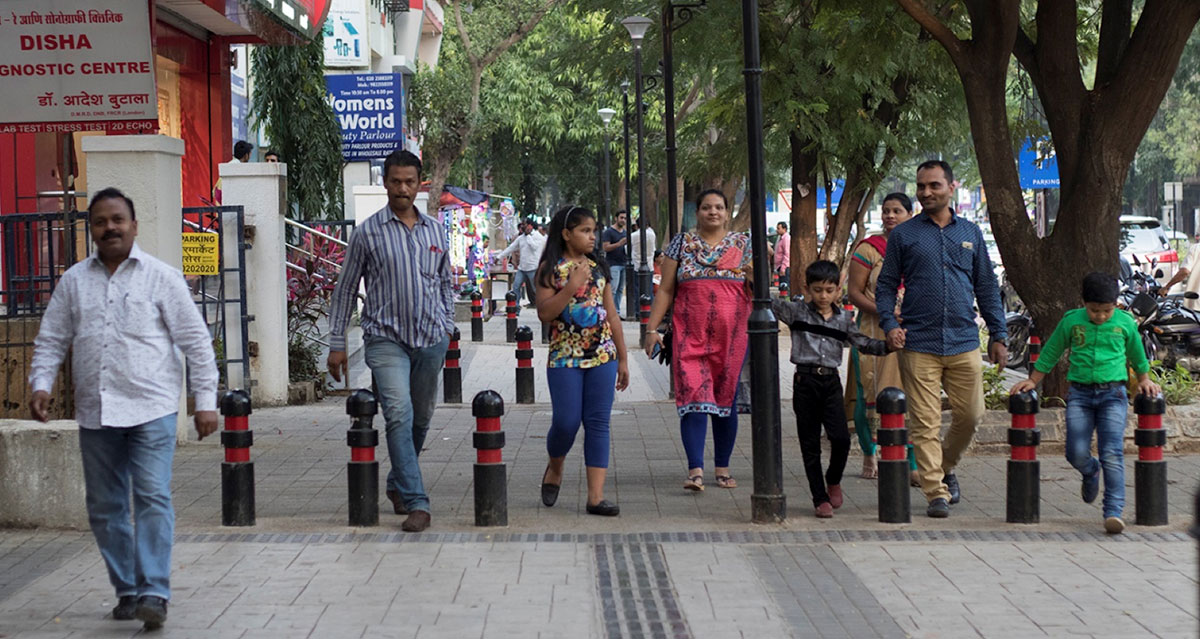Data from the National Crime Records Bureau (NCRB) for 2020 highlights the safety challenges faced by urban areas in Maharashtra. Nearly one-third of total deaths occurred in urban areas, with approximately 3.5 pedestrians losing their lives daily in urban settings – a statistic equivalent to the tragedy of seven Airbus A320 aircraft crashes every day.
Maharashtra contends with a range of pressing transportation challenges. Two of the five most congested cities in the world, Mumbai and Pune, fall within Maharashtra’s borders. This congestion has dire implications for mobility and urban quality of life. Based on the Service Level Benchmarks for Urban Transport set by the Ministry of Urban Development (MoUD) in 2016, 12 out of 21 urban agglomerations within Maharashtra lack public bus services. Furthermore, the remaining nine urban agglomerations face acute underservice in this domain.
Adding to these woes, the state witnesses the addition of a staggering 20 lakh cars and two-wheelers annually. In the financial metropolis of Mumbai alone, the annual productivity and fuel loss amount to ₹3600 crores, indicating the far-reaching economic implications of transport-related issues. Addressing these challenges requires concerted efforts and innovative solutions to enhance mobility, reduce congestion, promote safety, and create a more sustainable transport landscape across the state.
What we do
Collaborating closely with dynamic cities like Pune and Pimpri-Chinchwad, we engage in vital projects that contribute to sustainable urban development. We assist in creating effective on-street management plans and have played a pivotal role in the development and publication of the NMT (Non-Motorised Transport) Policy in both English and Marathi for the Pimpri-Chinchwad Municipal Corporation. We have also drafted a similar policy for the city of Aurangabad.
In Aurangabad, we are committed to fostering change by aiding the city in its endeavours. Our technical expertise has contributed to the formulation of a comprehensive action plan for a specific neighbourhood. This action plan aligns with the Harit Setu Masterplan, a visionary initiative aimed at connecting 184 civic gardens and green spaces through pedestrian and cycle tracks.









